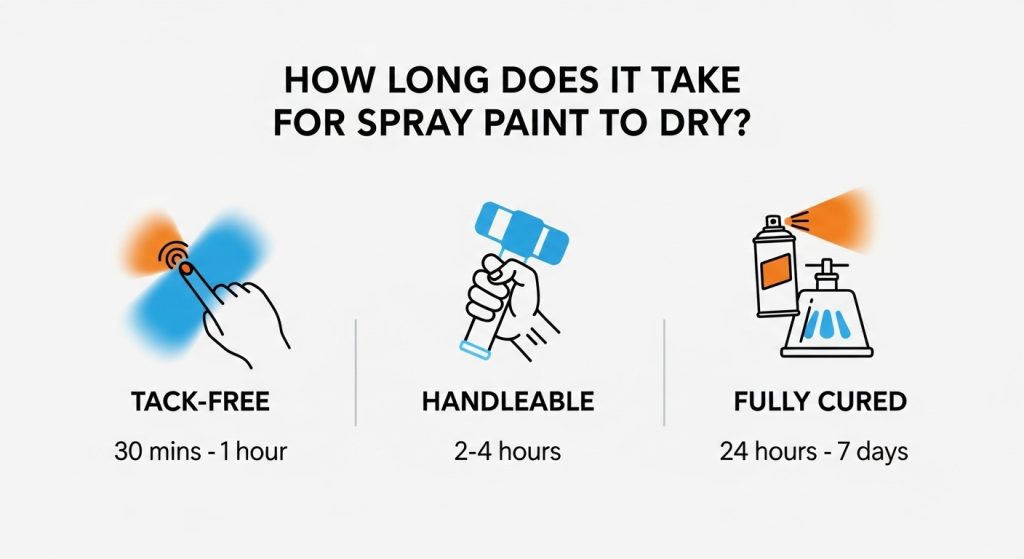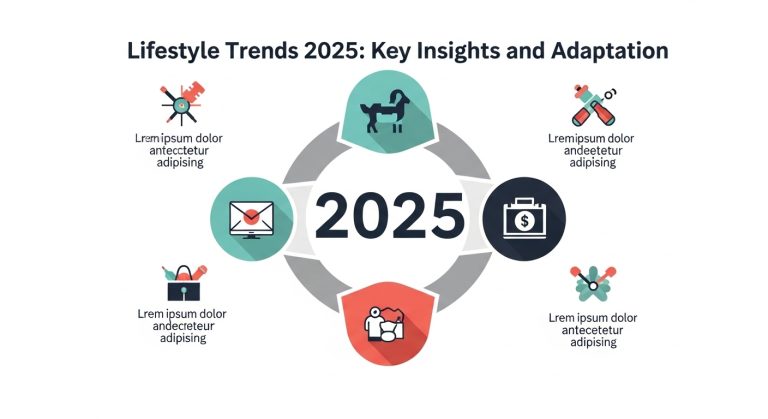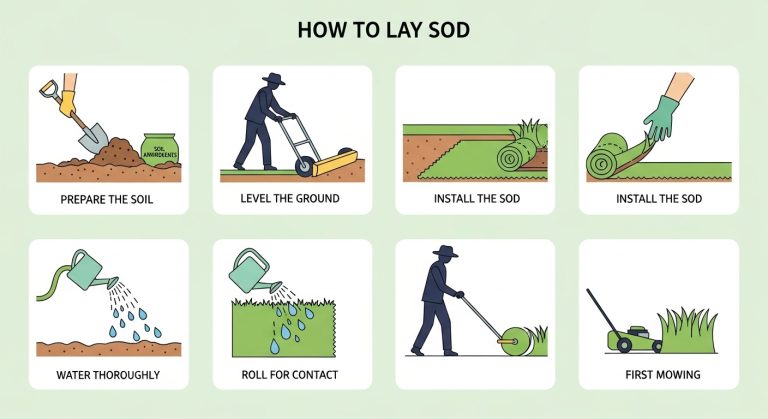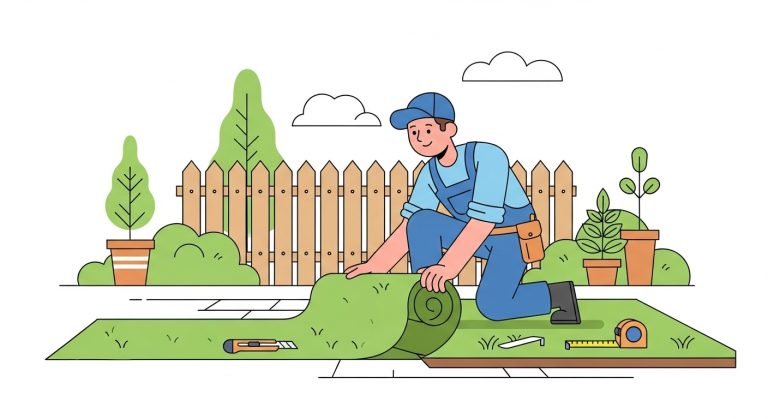How Long Does It Take for Spray Paint to Dry?
Spray paint dry time refers to the period needed for the paint surface to become dry to the touch after application. It’s important to distinguish between this and full curing time—the point at which the paint achieves maximum hardness and durability.
- Dry-to-touch time can be as short as minutes to a few hours.
- Full curing often takes 24 hours or more, influenced by the type of paint used and the surrounding conditions.
For example, fast-drying spray paints might have a dry-to-touch time of just 10 minutes, while oil-based options may take several hours to become tack-free. Understanding this distinction is essential for planning your projects effectively.

Factors Affecting Spray Paint Drying Time
Type of Spray Paint
Different types of spray paint impact drying times significantly:
- Fast-Drying Spray Paints: Typically dry to the touch in 5–30 minutes.
- Acrylic Spray Paints: Usually take 15–30 minutes to dry.
- Oil-Based and Enamel Sprays: These paints can take several hours, or even overnight, for each coat to dry.
Additionally, specialized spray paints designed for metal, wood, automotive, and outdoor use may have varying drying times as their formulas influence the speed of evaporation.
For manufacturer-recommended drying times, refer to the official Rust-Oleum spray paint drying instructions for guidance based on specific paint formulations.
Environmental Conditions
Environmental factors play a crucial role in the rate of drying:
- Temperature: Higher temperatures speed up evaporation, reducing drying time.
- Humidity: High humidity levels can significantly slow drying, leading to potential defects like bubbling or a dull finish.
- Ventilation: A well-ventilated area prevents fume build-up and enhances consistent drying.
The ideal conditions for spray painting typically feature moderate warmth, low humidity, and good airflow to promote effective drying.
Surface Characteristics
The type of surface being painted also affects drying times:
- Porous Surfaces: Such as unfinished wood or bare metal absorb more paint, which can lead to longer drying times.
- Texture: Rough or uneven surfaces may trap paint more effectively, prolonging drying.
- Preparation: Thorough cleaning, sanding, and priming are vital to ensure that the surface allows optimal drying and adherence.
Application Thickness
The thickness of your paint application can influence drying times:
- Thicker Coats: These take longer to dry compared to thinner coats. It’s recommended to apply multiple thin, even layers for quicker results.
- Drying Time Between Coats: Generally, it’s advised to wait at least 15 minutes (or as indicated on the paint can) before applying another coat.
Over-application can lead to smudging or an uneven finish, extending the drying time unnecessarily.
Drying Time Between Coats
Timing is essential in achieving the optimal finish:
- Water-Based and Acrylic Paints: Typically allow for recoating in about 15–30 minutes of dry-to-touch time.
- Oil-Based Paints: May require several hours before a second coat can be applied.
Following the recommended intervals is crucial for preventing defects and ensuring better adhesion of subsequent coats.
For other DIY surface projects, check out our complete guide on how to remove rust from cast iron to restore your cookware to top condition.
Comprehensive Paint Drying Guide
General Drying Times
Here’s a breakdown of typical drying timelines by paint type:
- Fast-Drying Paints: Approximately 5 minutes dry-to-touch.
- Acrylic Paints: 15-30 minutes.
- Oil-Based and Enamel Paints: Several hours to overnight; full handling can take 24 hours or more to ensure optimal hardness.
- Full Curing: Typically around 24 hours for most paints.
Comparison Between Indoor and Outdoor Drying
Drying conditions can vary significantly based on the working environment:
- Outdoor Drying: Often quicker due to natural airflow; however, outdoor elements like dust and humidity can interfere with the finish.
- Indoor Drying: Conditions can be controlled for temperature and humidity, which can provide better drying circumstances overall.
Each scenario’s environmental factors significantly affect how well the paint dries.
Specific Scenarios
When tackling particular projects, tailoring your approach is essential:
- Craft Projects: Ideal for light coats on smooth surfaces (wood or canvas). Expect dry-to-touch times of 15–30 minutes and a full cure around 24 hours.
- Automotive Painting: This requires meticulous preparation and the application of multiple thin coats with specific drying intervals. Such projects may need controlled environments or the use of heat lamps to enhance curing times and maintain a high-quality finish.
Step-by-Step Drying Process
Follow these steps to ensure successful spray painting:
- Clean and Prep the Surface: Sand, prime, and ensure the surface is free of dirt and grease.
- Apply Thin, Even Coats: This promotes faster drying and better adhesion.
- Wait Between Coats: Allow the recommended dry-to-touch time before recoating (between 15 minutes to several hours, depending on paint type).
- Check Dryness: Lightly touch a paint edge; it should be dry, not sticky or tacky.
- Allow Full Cure: Wait for 24+ hours before heavy handling or use to ensure maximum durability.
Tips to Speed Up Spray Paint Drying
If you want to reduce drying times, consider these effective methods:
- Increase Ventilation: Use fans or open windows to enhance airflow.
- Use Heaters or Dehumidifiers: These can help control humidity and temperature, speeding up drying.
- Choose Quick-Dry Formulations: Fast-drying spray paints are advantageous for time-sensitive projects.
- Apply Thin, Even Coats: This is the most effective way to allow the paint to dry quicker.
Common Mistakes That Prolong Drying Time
Avoid these common pitfalls that can extend your drying time:
- Thick Application: Applying paint too thickly leads to longer drying times and risks defects.
- Ignoring Manufacturer Guidelines: Not following drying and curing instructions often results in smudging or a poor finish.
- Inadequate Surface Prep: Neglecting to clean and prepare surfaces impairs drying and adhesion.
- Poor Environmental Management: Overlooking temperature, humidity, and ventilation can hinder drying effectiveness.
Special Considerations for Automotive Spray Paint Drying
Automotive painting has unique considerations:
- Meticulous Surface Preparation: Automotive surfaces require extensive cleaning, sanding, and priming to achieve the best results.
- Thin Coats and Specific Intervals: Multiple thin coats should be applied with proper drying intervals to maximize durability and finish quality.
- Controlled Environment: Using heated or ventilated booths can greatly improve drying times while ensuring the integrity of the paint job. Following manufacturer protocols for drying times is crucial.
Frequently Asked Questions (FAQs)
Q: How can I tell if spray paint is fully dry?
A: The surface should feel dry to the touch, non-tacky, and not leave any residue when touched lightly.
Q: Can I apply a second coat before the first dries?
It’s best to wait for the recommended dry-to-touch time, usually 15–30 minutes for quicker-drying paints.
Q: What should I do if the paint is taking too long to dry?
Increasing ventilation, reducing humidity, and safely using heat sources can help.
Q: Are there any safety concerns regarding drying spray paint?
A: Adequate ventilation is essential to avoid inhalation of fumes, and it’s crucial to follow safety instructions on the paint can.
Conclusion
In summary, how long does it take for spray paint to dry can vary significantly based on paint type, environmental factors, surface characteristics, and application method. Most projects will see a dry-to-touch time of 15 minutes to several hours, with full curing generally around 24 hours. Following an organized paint drying guide and adapting your techniques specifically to your project will ensure you achieve high-quality results. For your next paint job, keep this guide handy to make the most of your spray painting experience.
Key Takeaways
- Proper surface preparation and application techniques significantly affect drying times.
- Spray paint dry times vary by paint type, environmental conditions, and surface characteristics.
- Most fast-drying paints become dry to the touch in approximately 10 to 30 minutes, while full curing can take up to 24 hours.






